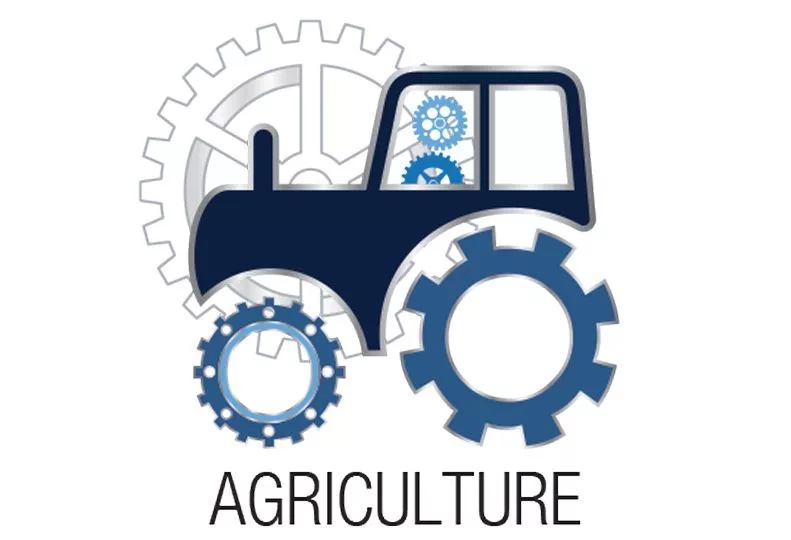
Home » INW ag industry expects better conditions in new year
INW ag industry expects better conditions in new year
Heat, drought impacted crop production in 2021

December 16, 2021
Washington wheat production for 2022 depends on whether the Pacific Northwest receives a good amount of rainfall and moisture this coming winter, says Glen Squires, CEO of the Spokane-based Washington Grain Commission.
This year, Washington experienced a severe drought beginning in the early spring months that heavily impacted the state of wheat production, says Squires.
A total of 87.1 million bushels of wheat were harvested in 2021, the lowest since 1964, he says. That is a 52% reduction from the previous year’s total of 165 million bushels. Barley production also was impacted heavily, declining to 3 million bushes this year from 6 million bushels in 2020, says Squires.
In addition, because of the short supply, bushels of wheat jumped in price to $10 a bushel from $5 a bushel, Squires adds. Washington exports 90% of its wheat production to foreign countries, primarily to Asia. However, the steeper prices have steered many buyers away.
Squires says farmers want prices of bushels to stay high, and he believes that they may stay strong into next year, but it’s hard to predict for how long.
There are a lot of variables beyond farmers’ control that impact how next year will look, such as weather, government policies, and worldwide production, he explains.
Looking to 2022’s crop, winter wheat was planted this fall and is standing tall and looks good, says Squires.
“Forecasters seem to be predicting more moisture in the Pacific Northwest for this winter. We hope that holds,” says Squires.
Carl Sohn, vice president of research and advising for Spokane-based Northwest Farm Credit Services, says that hay was the most heavily impacted crop in the Pacific Northwest, which caused a ripple effect into the cattle and dairy industry.
However, Sohn says that the outlook for Inland Northwest agriculture over the next 12 months is positive.
“There is a lot of optimism about positive trends in demand and prices. Results will vary for individuals and different geographies, but we expect most industries to experience at least small to moderate profits in 2022,” Sohn states.
In comparison to this year, 2020 was a strong year for agriculture in Washington, according to a report from the Northwest regional field office of the U.S. Department of Agriculture. In October, the office reported the value of Washington’s 2020 Agricultural production totaled $10.2 billion, up 7% from the revised previous year value of $9.49 billion.
Apples remained the leading agricultural commodity in the state with a 2020 value of $2.10 billion, also up 7% from the previous year and representing 21% of 2020’s total agricultural value. Milk remained in second place with a total value of $1.19 billion, and wheat moved from fourth place to third place coming in at $949 million, a 20% increase from 2019.
Hailey Key, the communications specialist for Wenatchee-based Washington Apple Commission, says that although the drought didn’t affect apple production directly, a heat wave that engulfed the Pacific Northwest early in the season hurt apple crops.
Key sited a November report distributed by the Washington Tree Fruit Association that reflects a crop size of 118.2 million boxes of Washington Apple for the 2021-2022 season. That is a 3% decrease from 2020’s 122 million boxes harvested and an 11.8% decline from 2019’s season of 134 million boxes.
—Karina Elias
Latest News Real Estate & Construction
Related Articles
Related Products



_web.webp?t=1758783848)
_web.webp?t=1757574393)